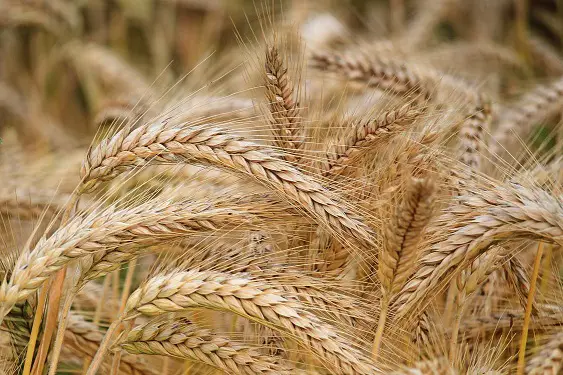Agricultural commodities dropped, as traders processed the data on incoming harvests and tried to price in the effects of possible recessions that are threatening major economies.
As wheat harvests begin across the northern hemisphere, production looks better than estimates for some growers due to favorable weather, such as in Russia. Indiana and Illinois wheat output estimates were raised in the U.S. Department of Agriculture’s crop production report on June 10. Nationally the production estimate was raised 1% over the May forecast to 1.18 billion bushels, but it was still 7% lower than in 2021.
Commodity prices are also being weighed down by the prospects of a global recession. Subdued economies can cause consumer cutbacks on budgets, and that can often affect food purchases, especially higher priced items like meat.
Chicago soybean oil has dropped the most since 2019, as Paris rapeseed lost all of its gains for the year. Meanwhile Malaysian Palm oil is now in bear market territory due to rival Indonesia increasing its exports. Corn, wheat, and soybean oil all dropped in Chicago when trading resumed Tuesday. In Paris, wheat was in decline, while white palm oil was steady in Malaysia.
The declines will help lower food bills for consumers suffering under the burden of inflation.
Chua Hak Bin, an economist at Maybank Investment Banking Group said, “There are signs that the global food crisis may be nearing its peak.”
Some analysts feared however that weather was still a concern in several major producers, and as Russia’s operations in Ukraine dragged on, Ukrainian exports were curtailed. All of that could increase prices later on.
Forecaster Maxar noted that drought would remain a concern across most of the US corn and soybean belt into early July, and one European Union agency reduced its outlook for soft-wheat yields to below average for the bloc.

